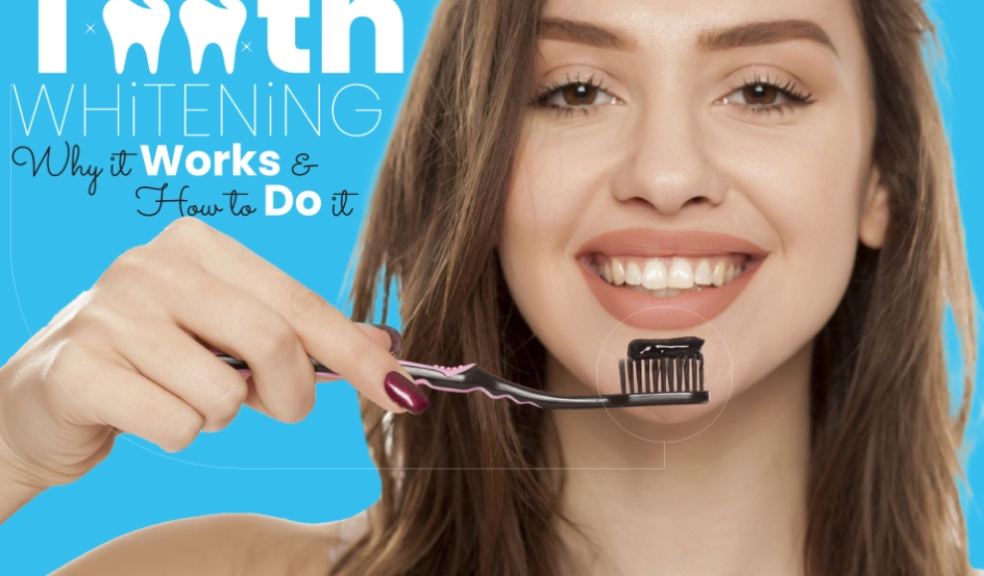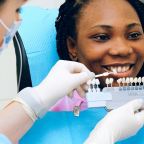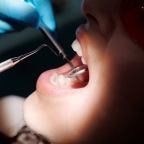
Activated charcoal teeth whitening: Why it works and how to do it
Having white teeth is everyone’s concern, but not all are blessed to have pearly white teeth. Good thing there are many ways to whiten teeth. One product that is getting popular today because of its effective whitening is activated charcoal.
What is activated charcoal?
The raw material of activated charcoal is super-heated coal and other all-natural products. After heating the coal, the result is black, fine powder that makes the substance very porous. The substance was used to address drug overdose cases. With technology, it became an integral part of manufacturing other products. Manufacturers claim that activated charcoal helps to remove toxins.
Today, activated charcoal is available in different products, including toothpaste, soaps, face masks, shampoos, and even supplements.
How activated charcoal helps whiten teeth
It may sound weird to use charcoal in toothpaste because of its black color. Toothpaste with activated charcoal claims to get rid of plaque, wine stains, and coffee stains.
Activated charcoal teeth whitening directions
Prior to using activated charcoal, you should consult a dentist, such as North York Smile Centre first. Do not try it if you've had any kind of tooth restoration. A dentist may recommend using toothpaste first to determine the reaction of your teeth. If it causes bleeding gums or sensitivity, discontinue using it.
Another way is to make a paste from activated charcoal tablets. Be careful in using charcoal tablets or capsules, make sure to read the information to ensure it is safe to use. Make sure the consistency of the paste is not too thick to reduce its abrasiveness. After making the paste, you can try it using a soft-bristled toothbrush. Do not scrub your teeth too hard. Leave the paste on your teeth for at least three minutes, and rinse thoroughly.
Precautions for using activated charcoal on teeth
The activated charcoal has an abrasive texture that can wear down the tooth enamel. That is why you must be extra careful in using toothpaste with activated charcoal. Check the toothpaste if it meets the guideline of having 250 levels of RDA or relative dentin abrasivity. If you want to try, use the active charcoal toothpaste for a short period and alternate with fluoride toothpaste.
Do not use a toothbrush, instead rub the activated charcoal using your fingers. It will reduce the abrasiveness of the charcoal that can affect the tooth enamel.
Is activated charcoal safe for your teeth?
A review showed that more in-depth research is required to identify the long-term effects of using charcoal toothpaste. That is why dentists advise their clients to use charcoal-based toothpaste at least once a month.
The charcoal substance can get rid of the stains on the surface of the teeth, but it can damage the tooth enamel because of the abrasive property. Most charcoal toothpaste doesn’t have fluoride, that is why it can’t prevent tooth decay and cavities. It is not advisable to use such toothpaste for those wearing bridges, veneers, crowns, and white fillings.
Final thoughts
Activated charcoal toothpaste has been getting popular because of its claim to whiten the teeth effectively. But dental experts were not satisfied with the results of using it. Instead, more research is required to ensure its effectiveness and safety in health.











